
Patience is golden, but even being a golden rule of stock investing, it isn’t enough, there is more.
By Guy Avtalyon
Yes, you are asking the right question, because many stock investors ask: “How long to hold stock?” There are some possible answers.
You may hold your stock until it provides you a profit, or break your stop-loss rule, or you may hold your stock forever.
Actually, there’s no general rule that fits all stocks when the holding periods are in the question. So many variables can influence how long to hold stock.
The decision to hold stocks for the long term or the short term is individual. It depends on your poverty, expectations, or advisor. Several factors are involved in your personal decision especially if you have a winner in hand. The right question is: Will the winner be an excellent moneymaker in the future and how long?
How long to hold stock
A lot of factors will influence your decision.
First of all, the time you enter the market is important. If it is during a bull market you have to know two things. First, the usual bull market cycle will last from two to four years and you’ll be able to earn the majority of your profit during the first or second year. In simpler words, you have to wait until your stock rises up to 20 – 25% from buying price, that is the point where the profit can be taken. If your stock increase over 20% in the first 3 weeks or in a shorter period, hold it at least 8 weeks. After that period you have to examine the stock’s charts to check if your stock keeping up well. When you get this confirmation from the charts and the market is increasing too, there are a lot of chances that this trend will continue. You can expect the new breakouts and the value of your stock will rise more.
For genuine market winners, the average time from breakout to top will be from 12 to 18 months.
This looks like a pretty simple answer, but is it the right one?
What if your stock starts a downtrend and you see you can be stuck in a losing trade for a long time? That is why you must have settled rules before you enter a trade.
How to determine how long to hold a stock
The best way to determine how long to hold a stock is to do that based on your trading rules.
Before you purchase any stock you have to define what profit do you want to make. The next will be your ability to forecast how much your stock could decrease. Will your strategy provide you a bigger gain than loss? Is the stock in its downtrend, bottoming, or up-trend? You have to determine the largest possible loss you can afford.
Traders-Paradise has one suggestion for you.
The gain has to be minimum 1,5 to 2 times bigger than loss. There more variables you have to consider. For example, how much will you earn when sell your stock?
The golden rule in stock holding
Let us examine one possible scenario. You have bought the stock and you are 20% in profit after the first week. You predicted the worst scenario as a loss of 10%. In this case, your reward is at 2 to 1.
What you have to do? Should you sell? Well, the brief answer is No.
The right answer is that you should hold a stock for a longer time if you have, for example, a medium-term horizon. You have to hold your stock for several weeks or even months.
Hold the stock as long as you want to make a notable gain from a stock price move. Some traders would advise you to hold a stock something between two and 10 months to get the best reward. You have to be very blessed to develop a great profit overnight.
The average high-profit trade is 30% and the hold time is about 45 days. Also, the average drawdown is -11% to -15%. That is the statistics.
Patience is golden
You must be patient with a stock. Stocks need time to give you the profit you want. Long-term investments have made incredible profits.
Anyway, you must be careful because stocks can drop suddenly. To avoid a catastrophe you have to limit your loss but don’t place your stop-loss order at 5%. Usually, a stock may pull back 10-15%, and very soon after that, a profitable move happens.






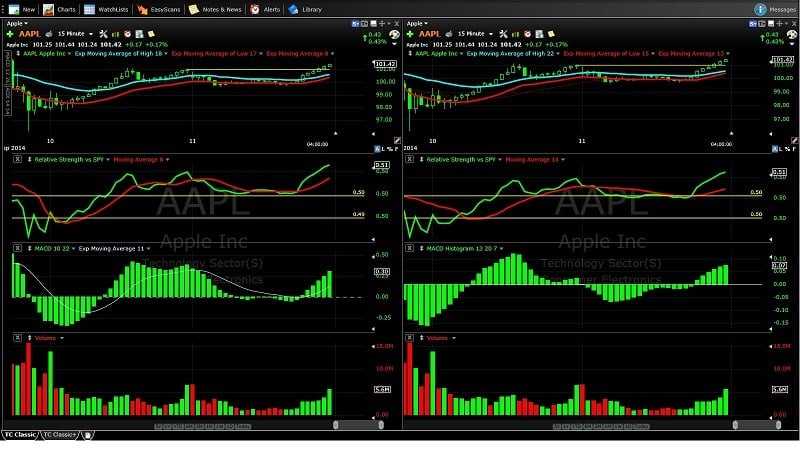
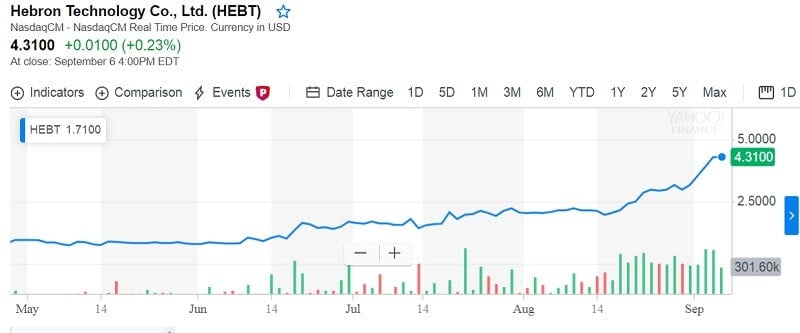

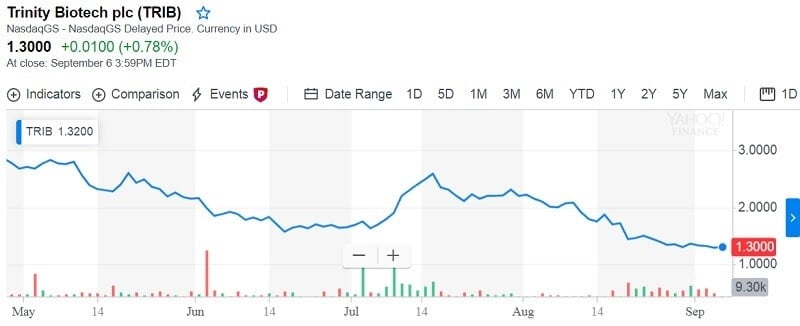








 If you’re afraid to start trading stocks, here are some sure ways on how to do that
If you’re afraid to start trading stocks, here are some sure ways on how to do that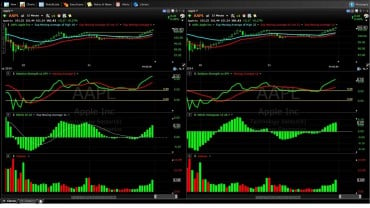

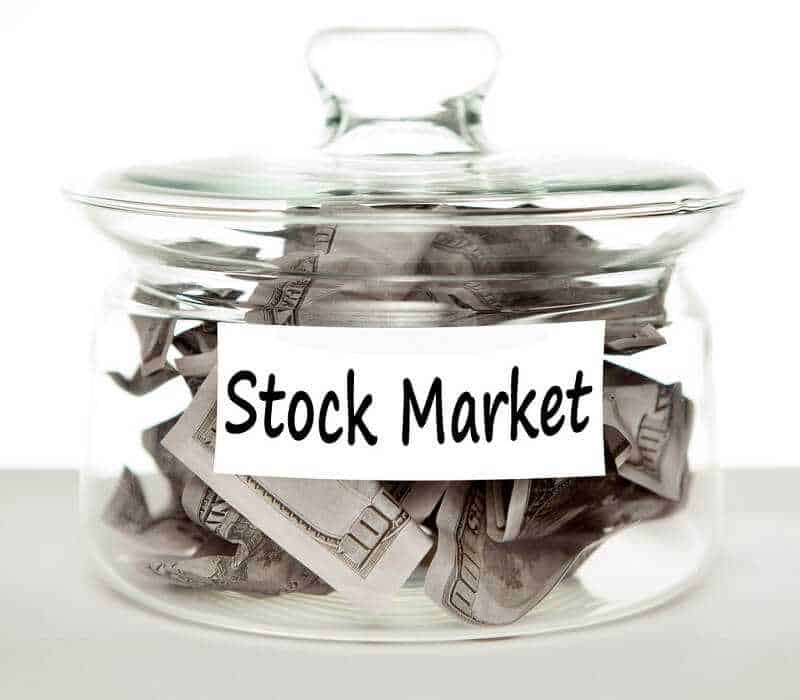



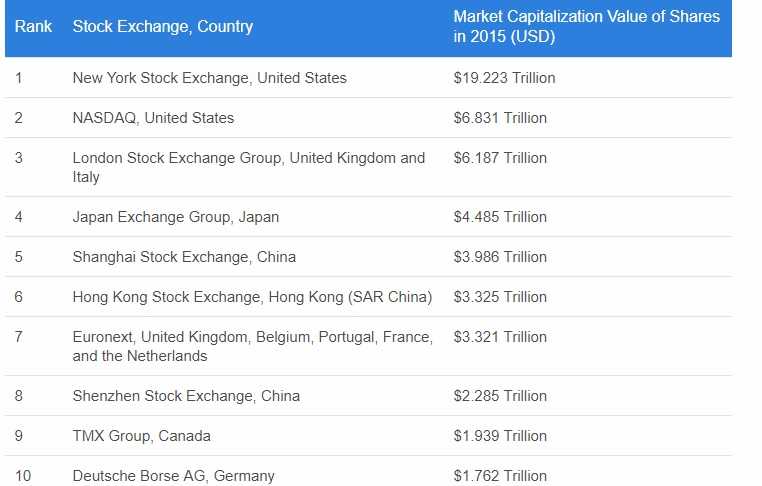


 Image from shutterstock.com
Image from shutterstock.com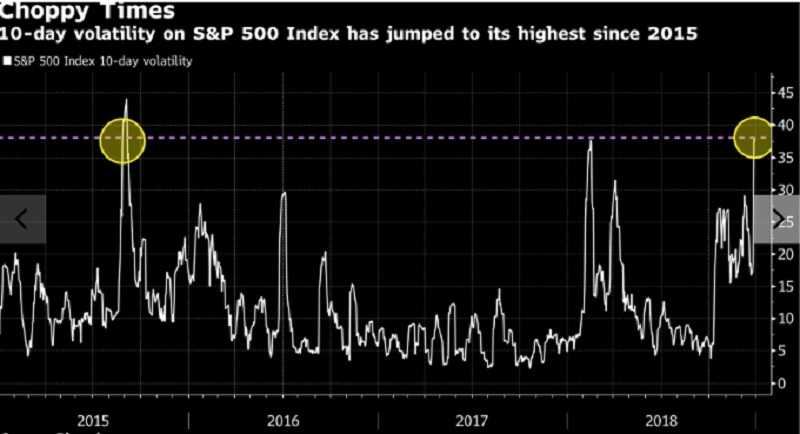 Source: Bloomberg
Source: Bloomberg